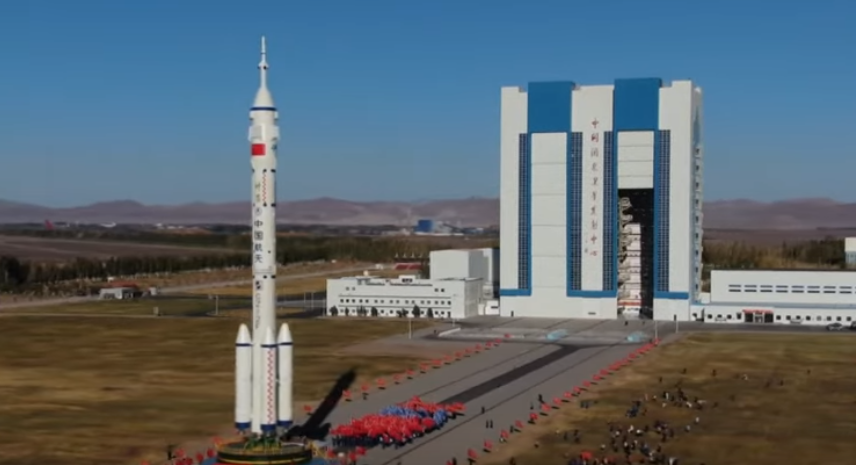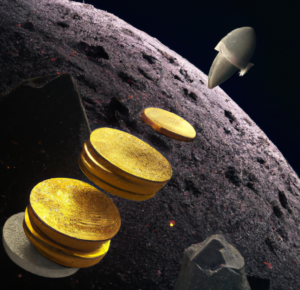The Long March-2F Y17 launch vehicle and the Shenzhou-17 crew spacecraft were transported to the Jiuquan Satellite Launch Center in China for a mission to the China Space Station. The rocket has undergone 25 technical changes aimed at improving reliability, safety, and launch site operations.
The Shenzhou-17 spacecraft, carrying China’s youngest-ever space crew with an average age of 38, was successfully launched on 19 October 2023. The astronauts will replace a crew that has been at the space station for six months and will conduct various experiments, as well as help maintain and install equipment.
China aims to place astronauts on the moon before 2030, reflecting its rivalry with the U.S. in space exploration. This mission comes as part of Beijing’s broader plans to assert its role as a major player in space technology and science, against the backdrop of competition with the U.S. in technology, military, and diplomatic arenas.
China has been investing in its space program, including building its own space station, especially after being excluded from the International Space Station primarily due to U.S. concerns about the program’s control by the People’s Liberation Army.
Both the U.S. and China have ambitious lunar programs and have landed rovers on Mars. The U.S. plans to put astronauts back on the moon by the end of 2025, involving private sector companies like SpaceX and Blue Origin. China has also made significant strides, including bringing samples back from the moon and landing a rover on its far side. The country has announced plans to send a new telescope to probe deep into the universe, although no timeframe was given for its installation. China also plans to pursue landing of spacecraft on an asteroid.
Photo credit: Youtube


+ There are no comments
Add yours